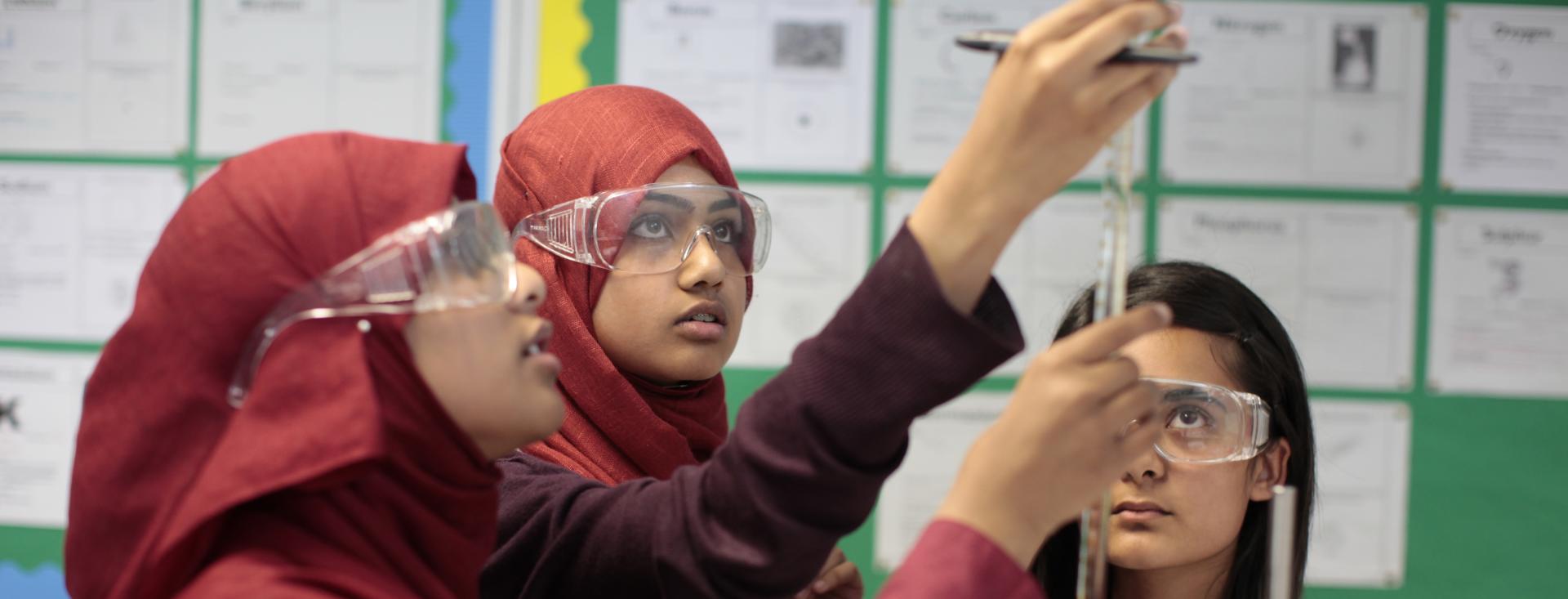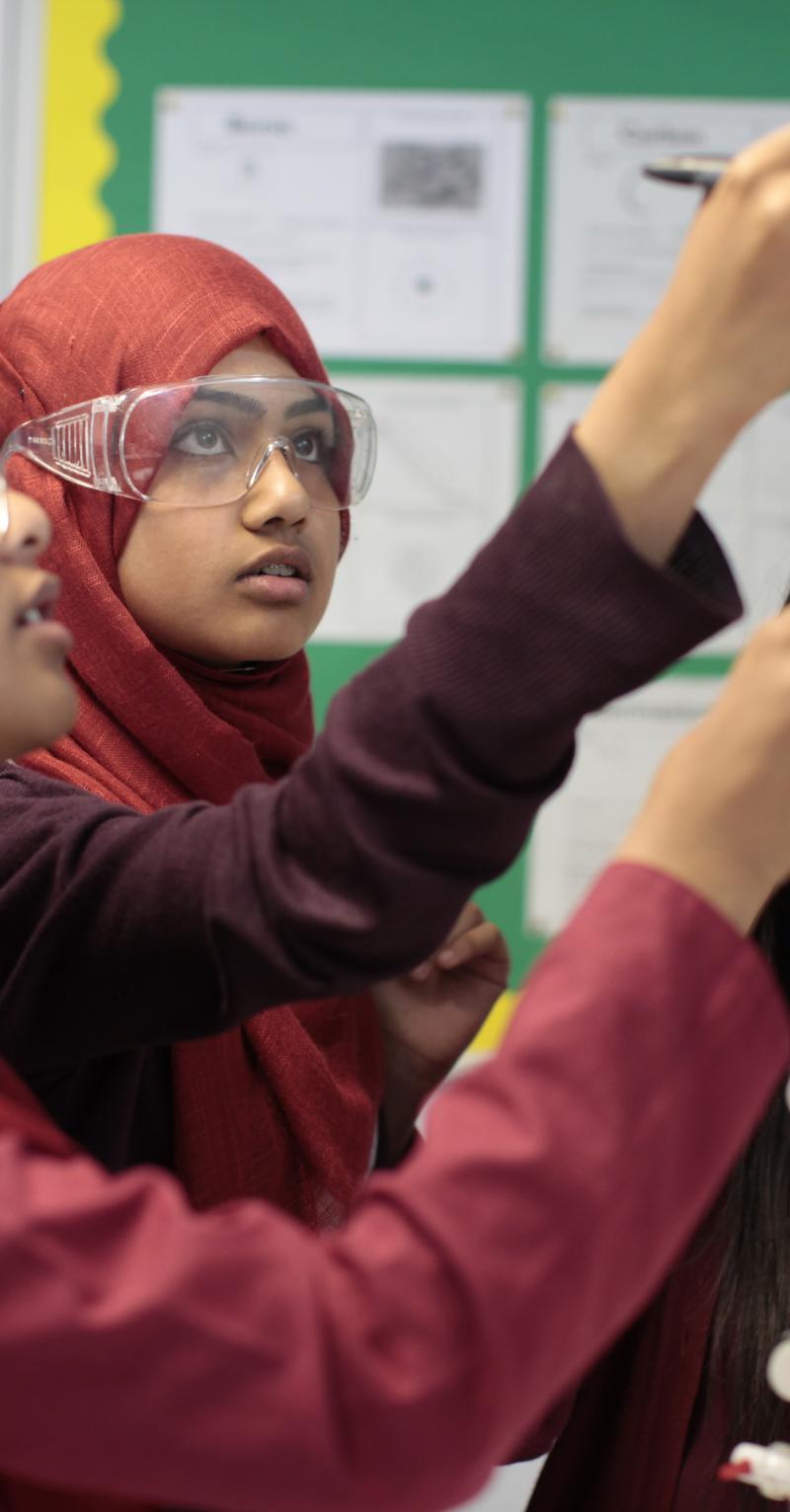Resources
Everyone has a role to play in supporting girls to become empowered, access education for better life outcomes, and thrive. Teach For All is committed to supporting the global network to identify and address the barriers that keep girls from learning and fulfilling their potential through our Girls’ Education initiative. Learn more about gender equity, the issues facing girls around the world, and more in this curated library of resources:
Girls' Education
School Has Been a Right for Girls in India Since 2009. So Why Aren't They Going?
This article highlights recent data showing that while gains have been made in girls' school enrollment in India since a 2009 law, girls are still not attending as they should due to highly unequal expectations around household and agricultural work.
Girls' Education
Tackling the Taboo: Sexuality and Gender-Transformative Programmes to End Child, Early and Forced Marriage and Unions
This report is on gender-transformative work in politically and culturally conservative contexts. It explores how addressing child, early, and forced marriage and unions advances girls’ and women’s sexual agency, bodily autonomy, freedom and dignity.
Girls' Education
Gender Sensitive Sanitation: Opportunities for Girls’ Education
An article on the need for gender sensitive sanitation, including clean, safe, and separate toilets with access to water and garbage disposal. It highlights the lack of attention and access to quality menstrual hygiene management (MHM) in schools.
Girls' Education
Adolescent Girls Empowerment Program
A report on a program designed to help vulnerable girls in Zambia avoid early marriage, sexually transmitted infections, and unintended pregnancy. As it was not impactful, it stresses the need to address underlying economic and social constraints.
Girls' Education
A Practical Guide to Measuring Women's and Girls' Empowerment in Impact Evaluations
A guide for monitoring and evaluation practitioners, researchers, and students who are interested in learning how to measure women’s and girls’ empowerment in an impact evaluation. It has examples of survey questions and non-survey instruments.

